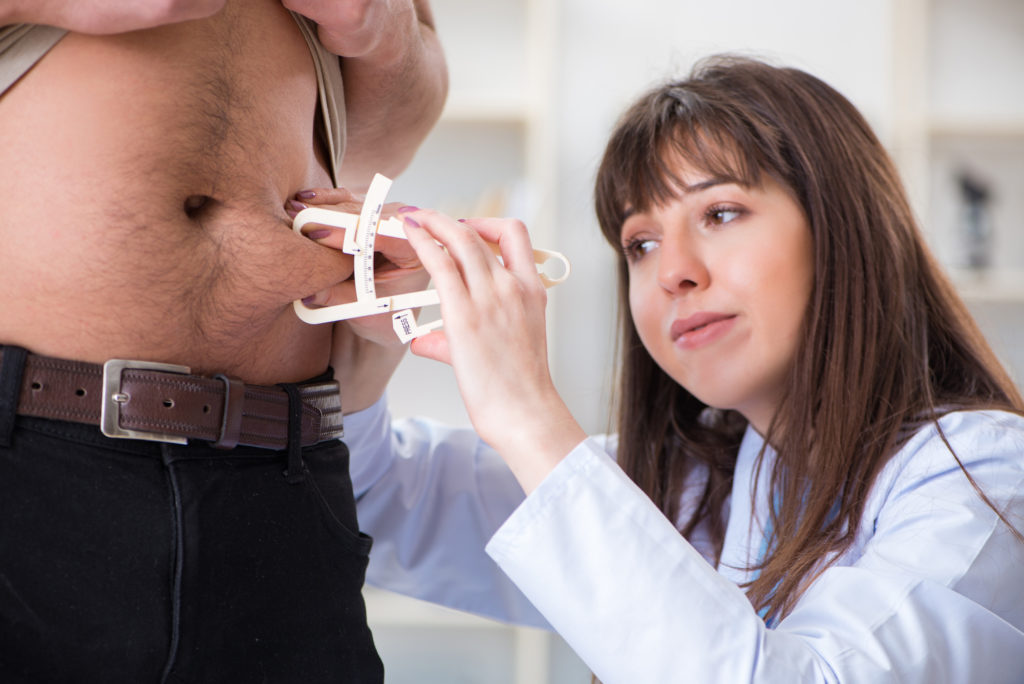
Every year, hundreds of thousands of people in the United States undergo weight loss surgery.
Are you interested in being part of this group? Do you know that surgery is the right call, but are you also unsure of which surgery to choose?
If you’ve been wondering “which weight loss surgery is right for me?”, you’ve come to the right place. Read on to learn everything you need to know about your weight loss surgery options.
Types of Weight Loss Surgery
There are many different types of weight loss surgery from which you can choose. The following are some of the most popular options:
Roux-en-Y Gastric Bypass
When performing this procedure, a surgeon will create a pouch located at the top of the stomach. The formation of this pouch effectively shrinks your stomach, making it the only part that can receive food.
By doing this, surgeons are able to reduce the amount you’re able to drink or eat comfortably in one sitting. This, in turn, helps you to reduce your calorie intake and lose weight.
Once the pouch is created, the surgeon will then cut the small intestine and connect it to the pouch. This allows the food to bypass the remainder of the stomach and go straight to the small intestine, although nutrient and calorie absorption are now limited. The stomach is still able to create digestive juices, though, and send them to the small intestine to help with the digestion process.
Sleeve Gastrectomy
A sleeve gastrectomy involves separating a portion of the stomach and removing it from the body. The surgeon then restructures the remaining portion of the stomach and shapes it into a tube- or sleeve-like structure.
As with the Roux-en-Y surgery, the stomach is now smaller and can hold less food. It also produces less of the hunger hormone ghrelin, which can help to reduce your appetite and decrease your likelihood of overeating.
Laparoscopic Gastric Banding
During this procedure, a band that contains an inflatable balloon gets placed around the upper portion of your stomach. This shrinks the stomach without the surgeon having to cut into it and remove a portion of it.
Once the balloon is in place, the surgeon puts a port under the skin and connects it to the balloon. Then, they inflate the balloon by injecting fluid into it.
By doing this, the surgeon can help you to feel fuller, but you don’t have to worry about restriction when it comes to the absorption of nutrients or calories.
Biliopancreatic Diversion with Duodenal Switch
This surgery begins with a surgeon removing part of the stomach. They leave behind the valve that releases food into your small intestine, along with the duodenum, which is the first part of the small intestine.
Next, the surgeon closes off the middle part of the intestine. They then perform a duodenal switch, which involves attaching the duodenum to the final portion of the intestine.
Instead of removing the middle portion of the intestine, the surgeon will reattach it to the end of the intestine. This is known as a biliopancreatic diversion, and it allows bile and pancreatic juices to flow through.
The end result of this surgery is that food gets to bypass the majority of the small intestine. This limits calorie and nutrient absorption and allows for faster weight loss.
Things to Consider When Choosing a Surgery Option
When reading through the list of surgeries above, one may have jumped out as the obvious right pick for you. It’s not always easy to determine which surgery is a good option for you, though.
If you’re in this boat right now, here are some considerations you ought to keep in mind:
Co-Existing Health Conditions
The existence of certain health conditions alongside obesity may make you a better candidate for one procedure over another.
For example, those who have severe acid reflux or diabetes tend to do better with the Roux-en-Y procedure. Those who have metabolic diseases may fare better with the biliopancreatic diversion, though.
Weight and BMI
Your weight and BMI play a big role in which surgeries are recommended, too.
Those who are severely obese are good candidates for biliopancreatic and Roux-en-Y surgeries. Those who have less weight to lose (but are still obese) can see great results from the gastric banding and sleeve gastrectomy procedures.
Surgical Risk
Some surgeries pose greater risks than others. The sleeve gastrectomy is considered a lower risk surgery than the biliopancreatic diversion, for example.
If you’re worried about infections or other complications, you may want to choose a procedure that’s been deemed less risky.
Medications
If you have to take a lot of medications, especially medications for psychological conditions like depression or anxiety, the sleeve gastrectomy or gastric banding procedures might be a good fit for you. They don’t affect nutrient absorption and won’t impair the way your body processes the medications you need to feel your best.
Post-Surgery Lifestyle
Finally, consider the lifestyle changes required for each surgery.
No matter what kind of weight loss procedure you choose, you will have to make changes to the way you eat. Some require more sacrifices than others, though.
For example, biliopancreatic diversion is only recommended for those who are confident that they can follow all of their doctor’s orders, especially when it comes to supplementation and post-op requirements.
Before you make a decision, think about what you’re willing to do once the surgery is over. You can also read this article to get some ideas on how you can prepare meals for yourself that align with your new dietary requirements.
Which Weight Loss Surgery Is Right for Me?
As you can see, there’s a lot to take into account when trying to answer the question “which weight loss surgery is right for me?”
If you remember the considerations listed above, though, you’ll feel less overwhelmed and will be able to make the right decision for your specific needs.
To learn more about weight loss surgery and how to navigate life after weight loss, check out some of the articles in the Healthy Lifestyle section of our site today.












